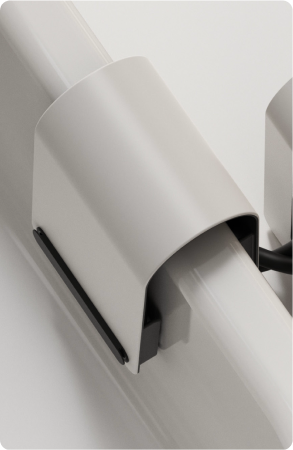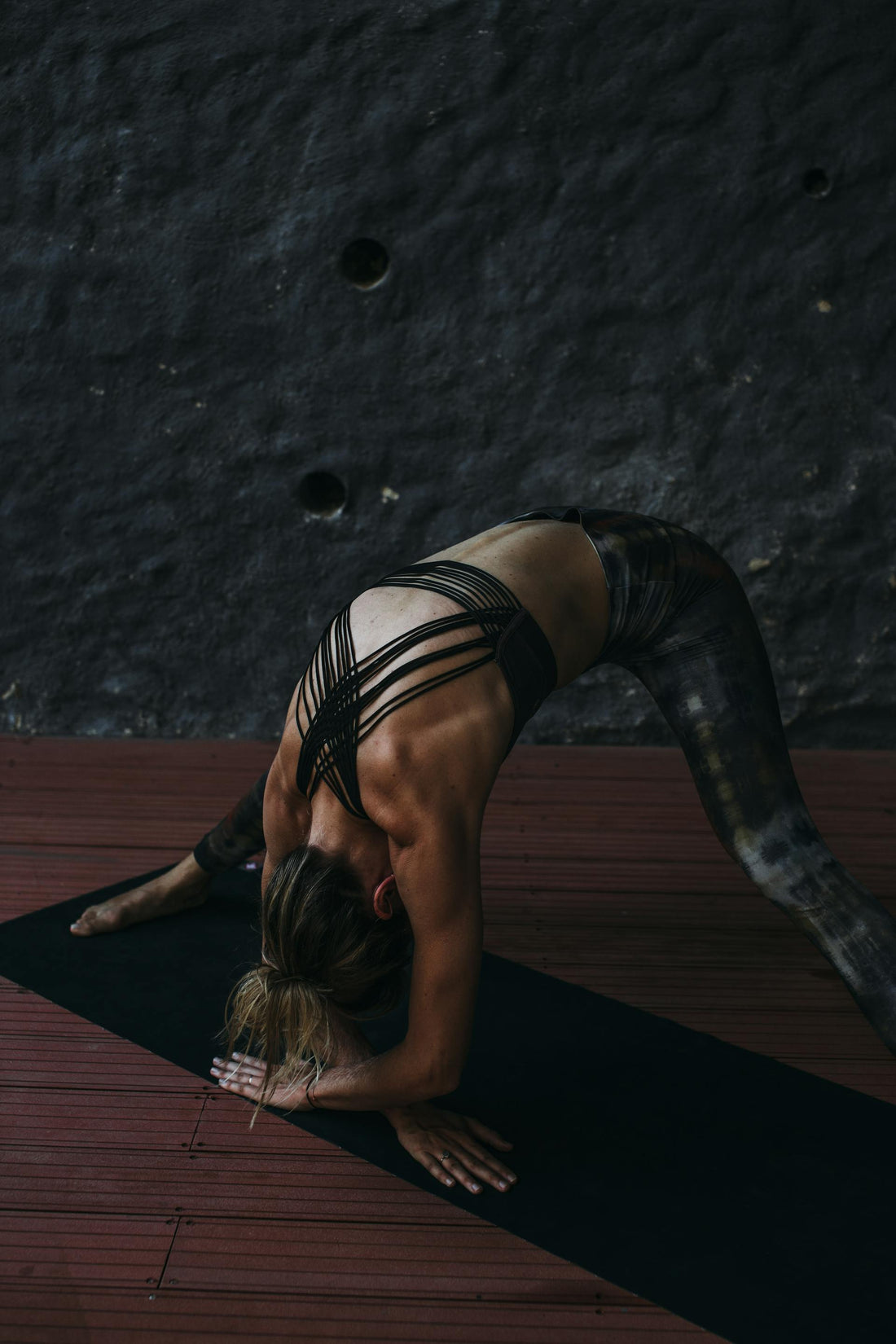
Breathwork and Cold Plunges
Finding Your Center Through Breathwork: The Power of Controlled Breathing
Take a deep breath. Did you feel your shoulders relax or your mind clear, even slightly? That’s the power of intentional breathing. Breathing is something we do every moment without thinking, yet when done consciously, it can become a powerful tool for finding your center, reducing stress, and improving overall well-being.
In today’s fast-paced world, where stress often takes center stage, learning how to breathe mindfully can transform the way you navigate life’s challenges. Breathwork offers simple yet profound techniques to connect your mind, body, and spirit. Let’s explore the art of controlled breathing and how it can help you find your center.
Understanding Breathwork
Breathwork refers to a variety of techniques and practices that involve intentional breathing to improve physical, mental, and emotional health. From ancient yogic practices like Pranayama to modern mindfulness exercises, breathwork has been a cornerstone of wellness for centuries. Popular types include diaphragmatic breathing, box breathing, and alternate nostril breathing, each offering unique benefits.
Our breath is closely linked to the autonomic nervous system, which controls our stress response. When we breathe deeply and slowly, we activate the parasympathetic nervous system—our "rest and digest" mode—calming the mind and body. Conversely, shallow, rapid breathing triggers the fight-or-flight response, contributing to stress and anxiety. By mastering your breath, you gain a powerful tool to regulate your emotions and body.
Benefits of Finding Your Center Through Breathwork
Mental Clarity and Emotional Balance
Ever felt your mind racing with thoughts? Breathwork can help. Techniques like box breathing create a sense of grounding, slowing your mind and enhancing focus. For those battling anxiety or overwhelm, intentional breathing provides a lifeline back to calmness.
Physical Benefits of Breathwork
Proper breathing isn’t just about mental calm; it also benefits your physical health. Deep breathing improves oxygen delivery, supports cardiovascular health, and enhances energy levels. Athletes and fitness enthusiasts often use breathwork to optimize performance and speed up recovery.
Breathwork for Spiritual and Holistic Wellness
For centuries, breathwork has been used in meditation and spiritual practices to foster inner peace and connection. Focusing on your breath creates space for mindfulness, helping you feel more present and aligned with your true self.
Simple Breathwork Techniques to Center Yourself
Diaphragmatic Breathing (Belly Breathing)
This foundational technique is all about engaging your diaphragm for deep, intentional breaths:
- Sit or lie down in a comfortable position.
- Place one hand on your belly and the other on your chest.
- Inhale deeply through your nose, allowing your belly to rise as you fill your lungs.
- Exhale slowly through your mouth, letting your belly fall. This practice reduces stress and promotes relaxation in just a few minutes.
Box Breathing
Also known as square breathing, this technique involves four equal parts of inhalation, hold, exhalation, and hold:
- Inhale for 4 counts.
- Hold your breath for 4 counts.
- Exhale for 4 counts.
- Hold your breath for 4 counts. Repeat this cycle 4-5 times to feel grounded and focused.
Alternate Nostril Breathing
This ancient yogic technique balances your energy and calms your mind:
- Close your right nostril with your thumb and inhale deeply through your left nostril.
- Close your left nostril with your ring finger, release your thumb, and exhale through your right nostril.
- Inhale through your right nostril, then switch and exhale through your left nostril. Practice for 5-10 minutes for a balanced and refreshed mind.
Cold Plunging: A Dynamic Companion to Breathwork
If you’re ready to elevate your breathwork practice, consider cold plunging. This invigorating wellness trend challenges your ability to control your breath, teaching resilience and calmness under pressure.
When you step into icy water, your body reacts with rapid breathing—a natural fight-or-flight response. By using breath control techniques like diaphragmatic breathing, you can calm this reaction and turn the experience into a meditative practice. This combination enhances your ability to regulate stress and strengthens your overall breath control.
Cold plunging isn’t just a physical challenge; it’s a mental one too. It teaches you to stay present, focus on your breath, and find calm in discomfort. Over time, this practice amplifies the benefits of breathwork, making you more resilient and grounded in your daily life.
Start by pairing a short cold shower with your breathwork routine. Focus on slow, controlled breaths to ease the initial shock. Once you’re comfortable, try a cold plunge for 1-2 minutes, gradually extending the duration. With consistent practice, cold plunging will become a powerful tool for deepening your connection to your breath.
____________________________________________________________________________
Breathwork is the bridge to finding your center—a simple yet profound practice that connects your mind, body, and spirit. By mastering your breath, you unlock a wealth of physical, mental, and emotional benefits that improve your overall well-being. And if you’re ready to take it to the next level, cold plunging offers the perfect complement to your breathwork journey. Embrace the power of intentional breathing, and don’t be afraid to dive into the cold for an even deeper transformation.
FAQs
- What is the most effective breathing technique for beginners? Diaphragmatic breathing is simple and highly effective for beginners, promoting relaxation and stress reduction.
- How does cold plunging enhance breathwork? Cold plunging challenges your breath control, helping you stay calm under stress and improving your overall breathing capacity.
- Can breathwork help with anxiety? Yes, techniques like box breathing and alternate nostril breathing are particularly effective in calming the mind and reducing anxiety.
- Is cold plunging safe for everyone? While generally safe, those with heart conditions or specific health concerns should consult a doctor before attempting cold plunging.
- What are the best times to practice breathwork? Morning sessions energize you for the day, while evening breathwork helps unwind and prepare for restful sleep.



